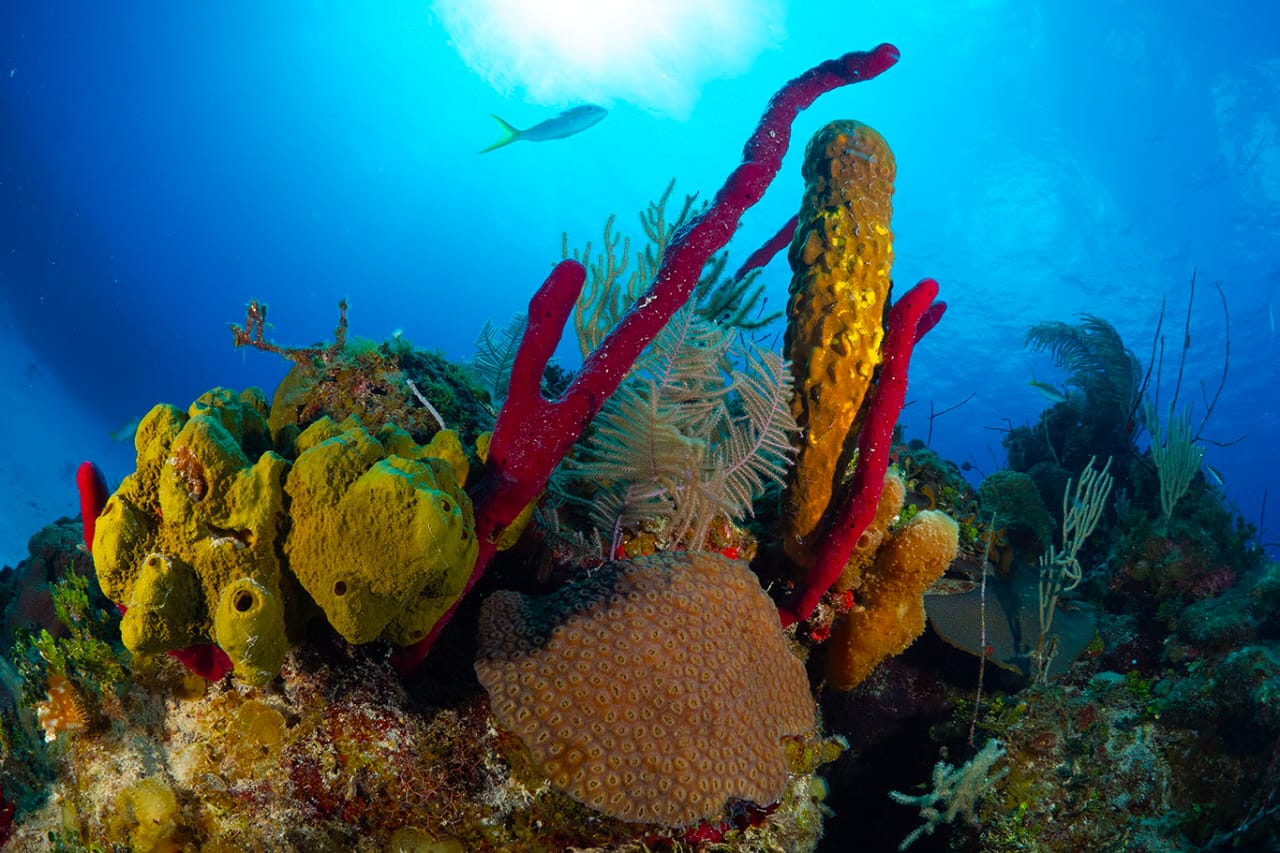
Professor Patricia Gonzalez is a researcher at the Centre of Marine Research at the University of Havana and lead researcher of the Marine Protected Area (MPA) Jardines de la Reina National Park (JRNP). On a recent expedition to JRNP, Prof. Patricia identified the MPA as a hope spot for climate resilient reefs.
“One of the most important results that we have there is regarding cover substrate. The cover substrate at JRNP is really high,” said Prof. Patricia.
“Jardines de la Reina has, in some places, more than 60% of corals as a part of substrate cover. But more important than that, it is that the majority of these corals are engineering species, and it is these species that construct the reefs,” she explains.
These critical coral species not only contribute to the formation of the reefs, but also their health.
“We think that the health status of the reefs is a combination of natural ecosystems - because there we have mangroves, seagrasses, and coral reefs in excellent condition - together with really good management.”
“The tourism enterprise that works there has protected the area for more than 20 years and patrolled the reefs even during the pandemic, whereas in other MPAs, patrols have stopped and many illegal fishermans enter into the MPAs for fish.
“Because of that, Jardines de la Reina is a very emblematic reef for Cuba and the. It serves as a hope spot reef for Cuba and the entire Caribbean,” she said.
These are promising findings for coral reef conservation, reinforcing the importance of well-managed MPAs in safeguarding climate resilient reefs. By learning from and scaling up such approaches, the CRRI aims to ensure that more coral reefs remain resilient for future generations.
